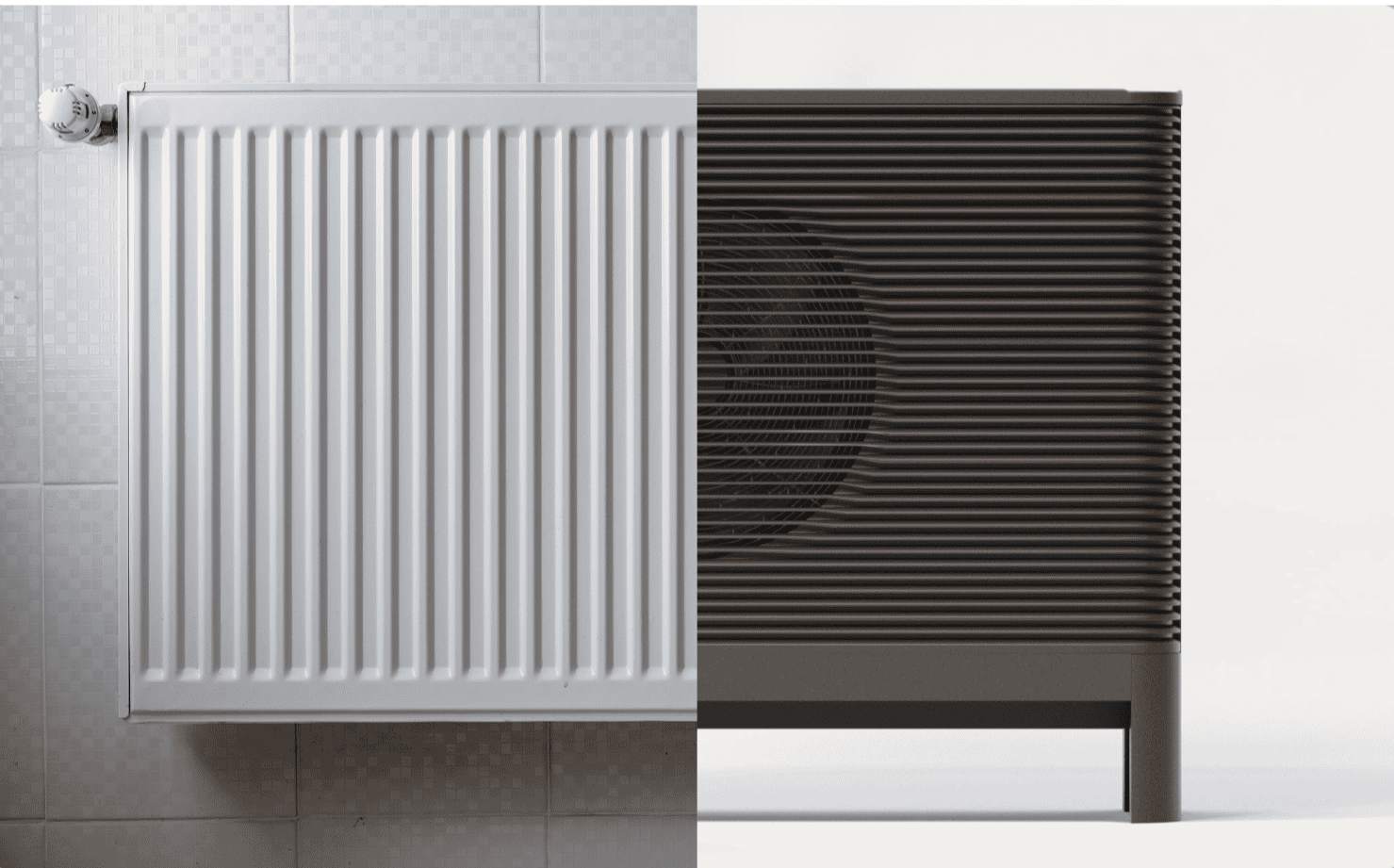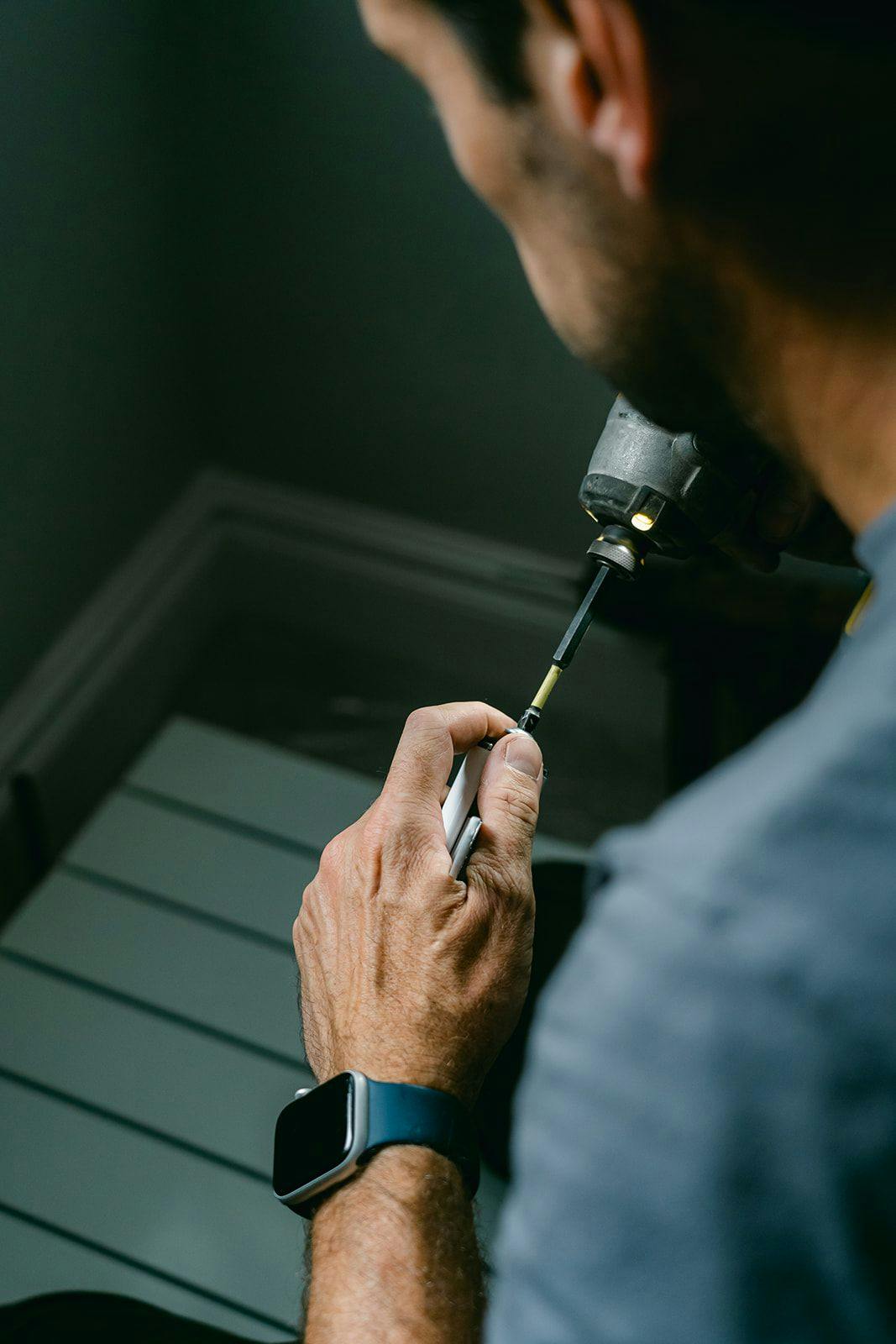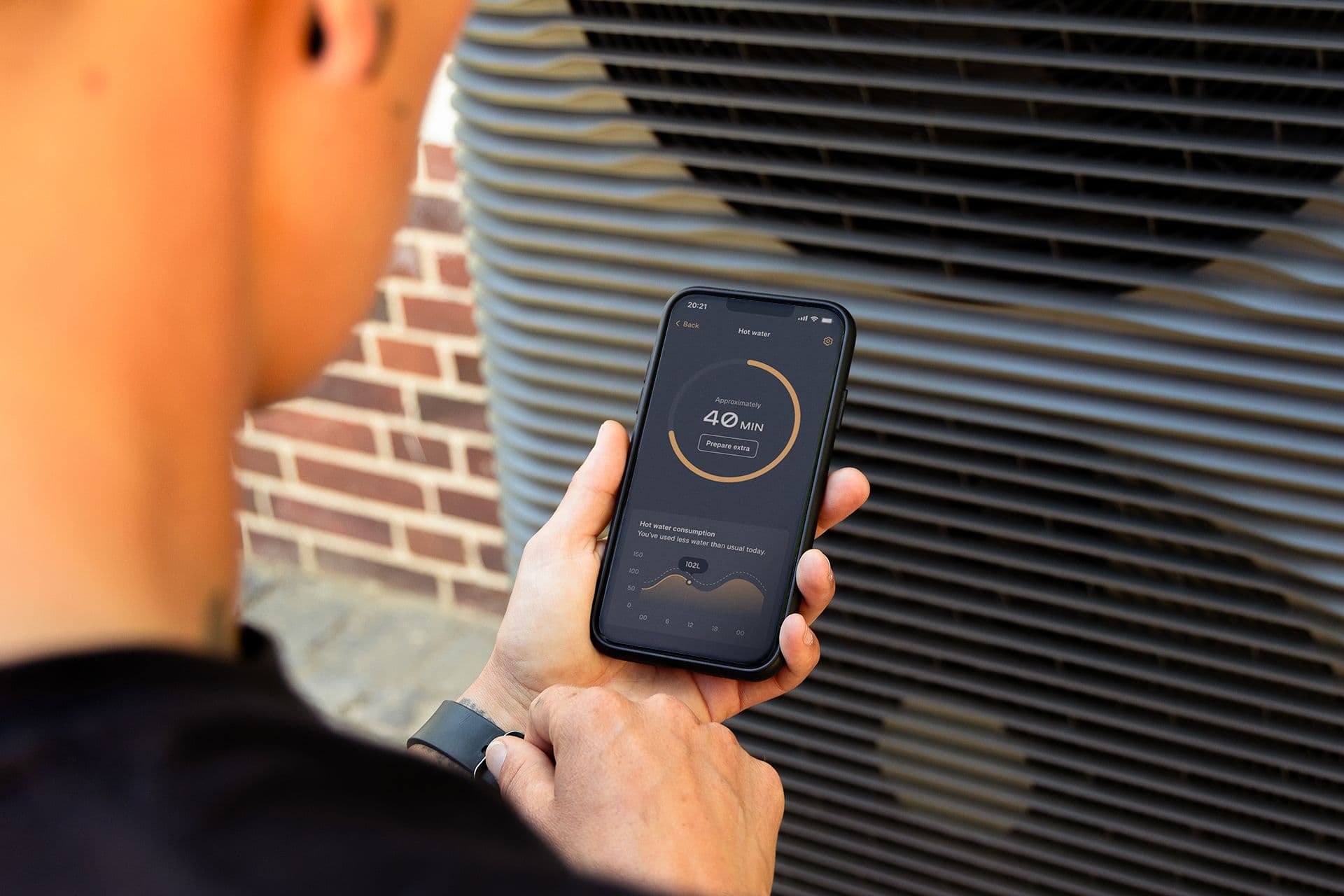Saving redundant gas boilers from the scrap heap: Aira meets The Salvage Sister
Today, residential heating is Europe’s third-largest emitter of CO₂ and is responsible for 16% of the UK’s CO₂ emissions…
Read more
Written by – Content Writer : Carl Robinson
Reviewed by – Design Engineer : Damian Franczyszyn
Source Article : https://www.airahome.com/en-gb/blog/do-heat-pumps-work-with-radiators
Yes, your home can still benefit hugely from a heat pump even when you have microbore pipes in your home. Whilst microbore isn’t the ideal pipework for a heat pump, they can still provide you with cosy household temperatures with a few simple tweaks – even on the coldest day of the year.
Microbore pipework is a smaller type of pipework used in homes. It measures under 15mm in diameter and is usually made of either plastic or copper.
Microbore pipes were typically installed because they were cheaper and faster to install compared to traditional pipework. This is because a single length of microbore pipe can be easily bent by hand and be installed from a manifold to a radiator.
These pipes are well-suited for boilers that transport hot water to radiators at a low flow rate, meaning less water travelling through the system. Microbore pipes are much less popular today as they’re easy to damage and become blocked if poorly maintained.
A heat pump can still work with your microbore pipes by cleverly splitting the heating system to run at different flow rates. The heat pump also needs to run at a higher temperature than if it was connected to a traditional pipe system.
Let’s look in more detail:
Your typical air source heat pump runs with a five-degree temperature difference (delta T) between the water entering the radiator (55°C) and leaving (50°C). At these comparatively low temperatures, water must travel through the radiator faster to minimise heat loss. However, microbore pipework doesn’t allow the flow rate needed to achieve this. To adjust to this reality, we simply increase the delta T to 10, which reduces the flow rate and gives the heat more time to leave the radiator.
At this new delta T setting, water enters the radiator at 55°C and leaves at 45°C, which lowers the median temperature of the water inside the radiator by 2.5°C (52.5°C vs 50°C). To compensate, you may need larger, or more, radiators to ensure your heat pump runs efficiently and your home stays warm throughout the year.
Air to water heat pumps run on lower flow temperatures and higher flow rates than a traditional heating system.
Because microbore pipes are small, they restrict the amount of hot water that can flow into your heating system (known as your flow rate). Instead of a high flow rate, the thinner pipes mean you have to rely on a high flow temperature for your radiator system. This negatively affects your efficiency, as heating systems should run at lower temperatures where possible.
Microbore pipes can be easily bent out of shape – just like they can be bent into shape, it’s easy to kink this pipework out of shape, too.
If the flow rate is too high, the pipe can be noisy and erode – which is a sign you might need bigger radiators or more radiators to meet your demand for heating.
Person with a drill preparing to install a radiator which is on the floor in front of them

Pipes that are microbore can be prone to blockages – but usually in a dirty system. When Aira installs your heat pump, we’ll fit filters and inhibitors to reduce rusting or limescale in the system, and can even ‘powerflush’ the whole system if required. After that, you can simply remove and rinse the filters under a tap.
When combined with the microbore pipe’s small size, the efficiency is negatively impacted, as the water flow rate from the pipes to the radiator is reduced. This means the water has to be hotter to achieve the heat output required to keep rooms cosy, or additional radiators will be required.
The efficiency of home heating devices is measured by SCOP, or Seasonal Coefficient Of Performance, which shows the useful energy provided by every unit of energy used over time. A heat pump generally has a SCOP of around 4.0 – and even with this restrictive micropore piping, you can achieve these levels of efficiency when you correctly install a heat pump.
To keep maximum efficiency with microbore pipes for your heat pump, it’s a good idea to keep your home well-insulated. By reducing your heat loss, your heat demand is less, meaning an even greater saving on your energy bills and a slimmer chance you’ll need to drastically increase the flow temperature of your air source heat pump or install more radiators.
You can hydraulically separate your heat pump system by separating your pump circuit and the heating circuit to allow them to run at different, optimised flow rates. Nobody expects you to be an energy expert, so if you’re not sure how to do this, Aira experts will design and install the system for you.
As you’d expect, repiping is a disruptive and time-consuming task, so it is usually considered a last resort to let your heat pump live in harmony with your home.

Plastic push fit plumbing can withstand pressure and withstand harsh winters, making them a solid choice. However, due to the inserts at each fitting, this type of pipe is restricted which can have a negative effect on the higher flow rate required for your heat pump.
Underfloor heating pipes (or UFH) are also made from plastic, but they run using a single length of pipe around a circuit. This is a great low-temperature heating system choice for heat pumps.
Press Fit plumbing uses standard copper pipes ranging from 15mm to 35mm. The fitting is pressed onto the pipe by a machine, while an o-ring makes a watertight seal. This is a clean, flame-free method that keeps the system clean as no flux is used, meaning the flow rates are excellent for your heat pump.